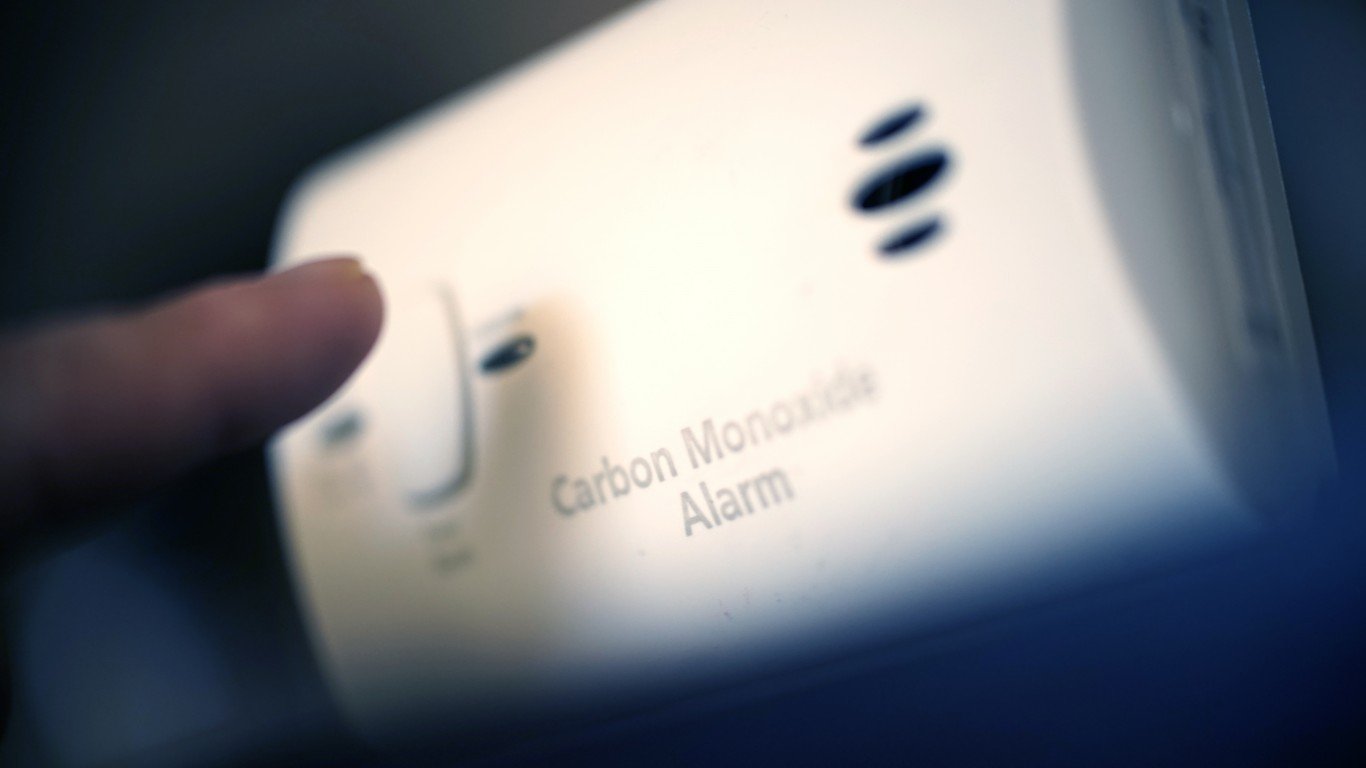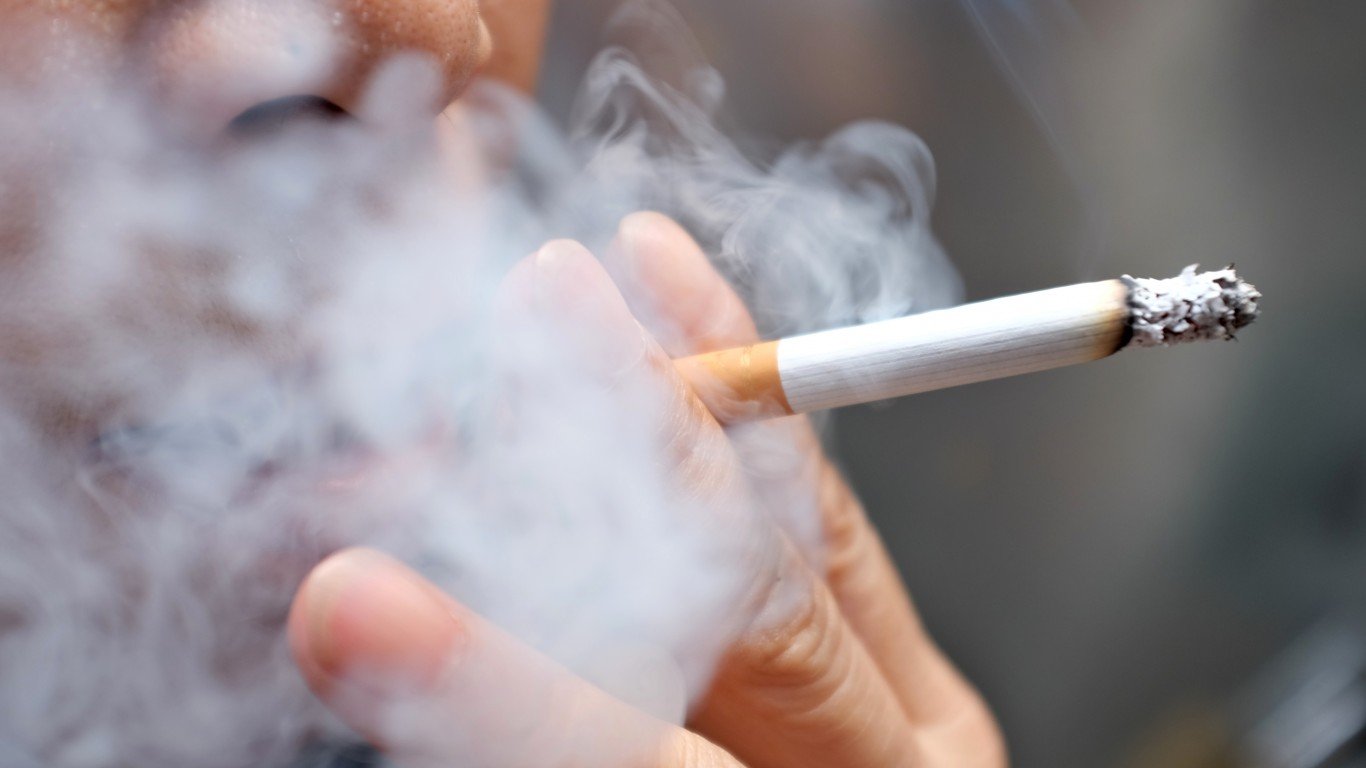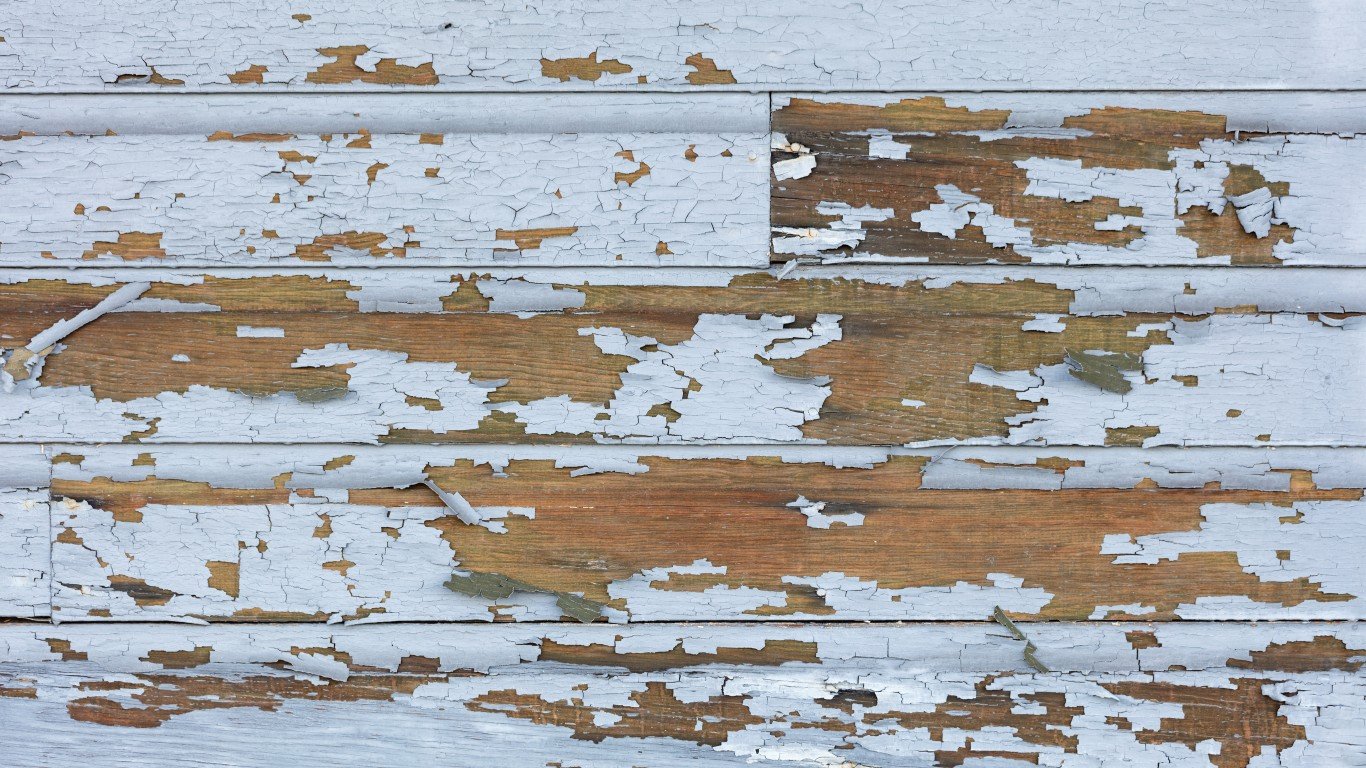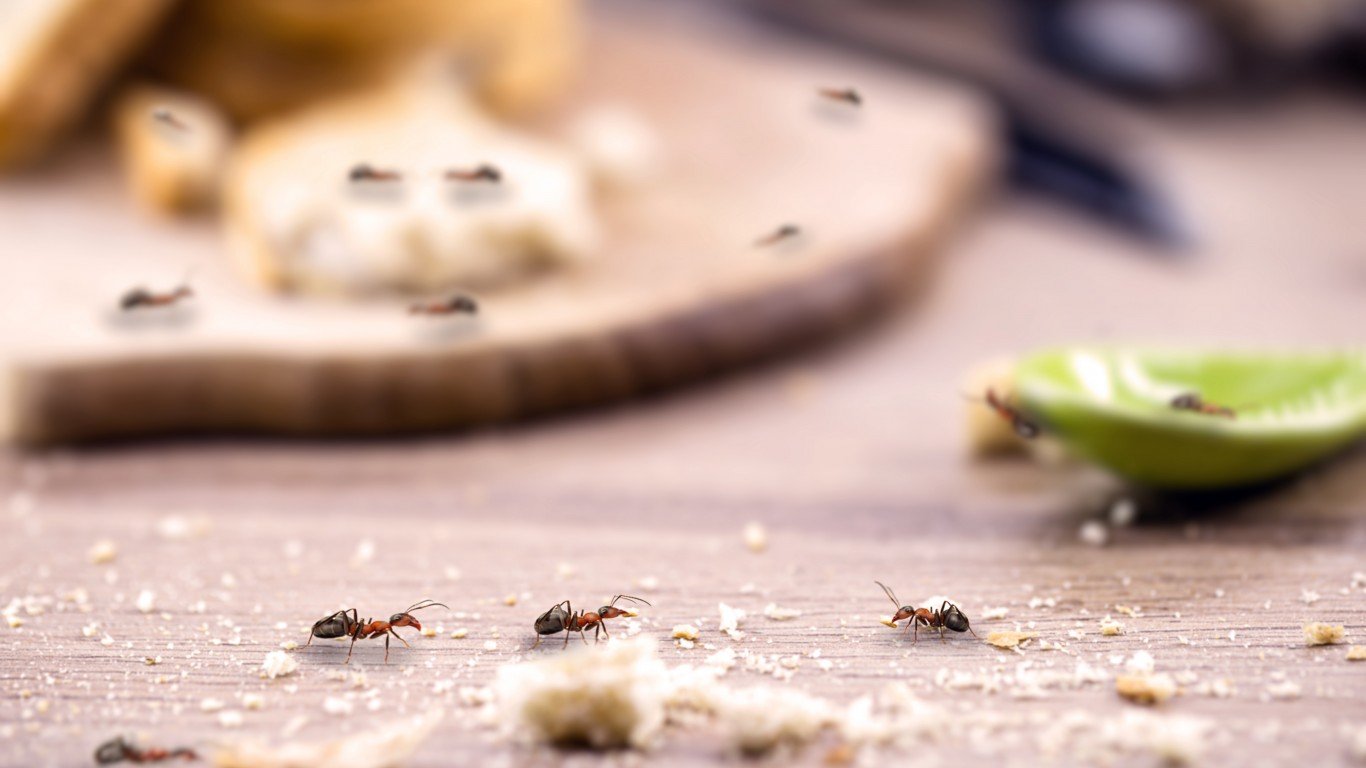
16. Don’t disturb asbestos products
Asbestos was, at one time, used heavily in construction materials, primarily in insulation, fireproofing, soundproofing, and tiles. As these materials age they become brittle and can release fibers that are extremely dangerous to breathe and potentially cancer causing. If undisturbed, they will not usually contribute significantly to indoor air pollution, but if you are remodeling or have other reasons to handle asbestos products, only use contractors licensed to manage asbestos.

17. Install a carbon monoxide detector
Carbon monoxide, a colorless, odorless, and potentially deadly gas, is a common pollutant in the home, as it is emitted whenever gas, wood, kerosene, coal, or gasoline is burned. Emissions from standard appliances should not present a problem in a well-ventilated house. A greater risk is created when cars are left running in an attached garage, gas engines are employed or repaired in a basement, or portable heating devices are used in an emergency or as a supplement to the heating system. In a house with poor ventilation or where combustion fumes are present, it is a good idea to monitor for dangerous levels of carbon monoxide.

18. Don’t smoke
Non-smoking adults exposed to second-hand tobacco smoke have a 20-30% increased risk of lung cancer, and 34,000 die each year from heart failure as a result of the exposure. And there are many other potential health effects, from mild nausea, eye irritation to asthma and sudden infant death syndrome. Children are particularly vulnerable to a range of negative health impacts.
With the shift to no-smoking policies in the workplace and public areas, the greatest risks from smoking have moved to the home, where there is no safe level of second-hand smoke. There is also danger from what some health officials call “third-hand smoke” — multiple toxic substances in tobacco smoke can cling to home furnishings. The only way to protect your family is to never allow smoking in the house.

19. Assess lead levels in older homes
Exposure to lead is extremely harmful, most notably in its impact on a child’s ability to develop and learn. Heavy urban exposures were reduced with the removal of lead from gasoline, and, over time, lead pipes have been replaced, though there are incidences of aging municipal systems poisoning local water supplies.
In the home, the major remaining threat from lead comes from lead paint in older housing stock when the home has not been renovated since 1978 when lead was banned from residential paint. Young children are known to suffer terrible consequences from eating paint chips from window sills or playing in lead contaminated dirt. Other exposures occur when renovations are undertaken without supervision by professionals trained in safe lead removal.

20. Minimize indoor pesticide use
Pesticides, by definition, are designed to kill, and their chemical makeup is inherently dangerous. Exposure can cause a range of health effects, from headaches and nausea to cancer and neurological damage. When using pesticides indoors, including disinfectants, follow manufacturers’ directions carefully, remove pets and children from the home during application, and make sure you have plenty of ventilation. Don’t store pesticides inside the house, and never in reach of children.

 24/7 Tempo
24/7 Tempo




